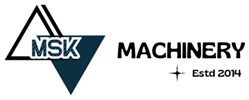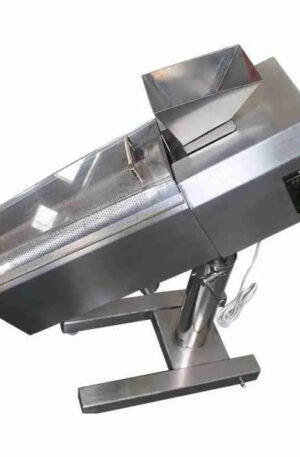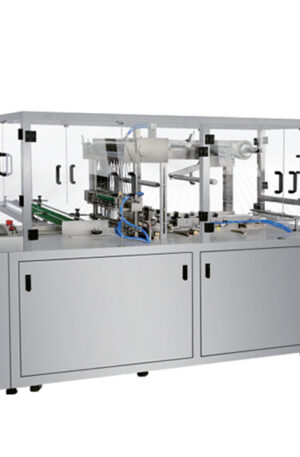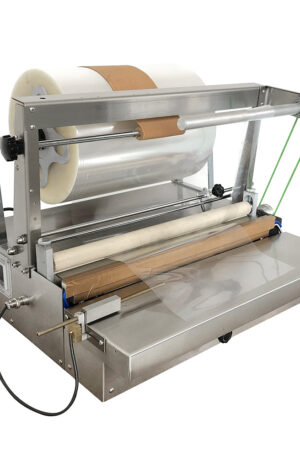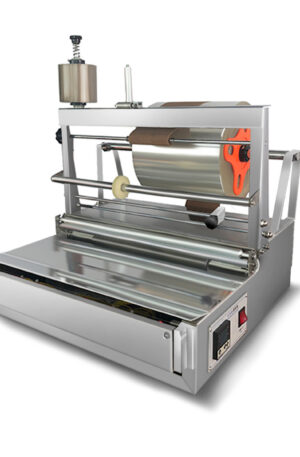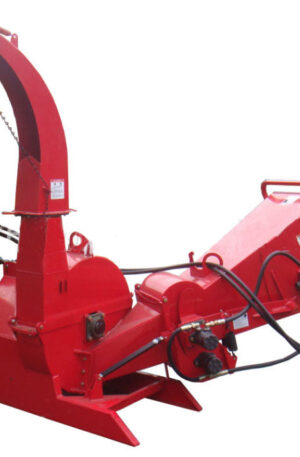Title: The Revolution of Pharmaceutical Manufacturing Equipment
In the fast-paced world of pharmaceutical manufacturing, advancements in technology have brought about a transformation in the design and functionality of pharmaceutical machinery. Gone are the days of basic equipment like mixers and mills; instead, the industry now relies on cutting-edge tools such as tablet press machines and capsule filling machines to meet the increasing demands for complex drug formulations and stringent quality standards.
Tablet press machines, such as those utilizing the TDP (Tablet Press) and THDP (Tablet and Hardness Double Press) technologies, have become indispensable in the production of oral solid dosage forms. These machines are equipped with advanced features that enable precise control over the compression process, ensuring uniform tablet weight, thickness, and hardness. The integration of automation in tablet press machines not only enhances production efficiency but also reduces the risk of variability in tablet quality due to human error.
Similarly, capsule filling machines play a crucial role in encapsulating powders, granules, or pellets to produce dosage forms that are easy to swallow and provide accurate dosing. Modern capsule filling machines are designed for high-speed production without compromising on accuracy and product integrity. With the capability to fill a wide range of capsule sizes and materials, these machines offer pharmaceutical manufacturers the flexibility to meet various production requirements with ease.
The evolution of pharmaceutical manufacturing equipment has also seen a shift towards modular designs that offer flexibility and scalability. Manufacturers are increasingly investing in equipment that can be easily reconfigured to accommodate different products and production volumes. This modular approach not only enhances operational efficiency but also allows for quick changeovers between product runs, reducing downtime and optimizing productivity.
Furthermore, the integration of digital technologies such as AI and IoT in pharmaceutical machinery has revolutionized the way manufacturing processes are monitored and controlled. Real-time data analytics help manufacturers track key performance indicators and identify trends to optimize production processes. Additionally, remote monitoring capabilities enable proactive maintenance, minimizing the risk of unplanned downtime and ensuring continuous operation.
In conclusion, the revolution of pharmaceutical manufacturing equipment, particularly in the realm of tablet press machines and capsule filling machines, is reshaping the industry landscape. The combination of advanced technologies, modular designs, and digital innovations is driving unprecedented levels of efficiency, quality, and innovation in drug manufacturing. As pharmaceutical manufacturers continue to embrace these advancements, the future of pharmaceutical machinery looks promising, setting new standards for excellence in drug production.
